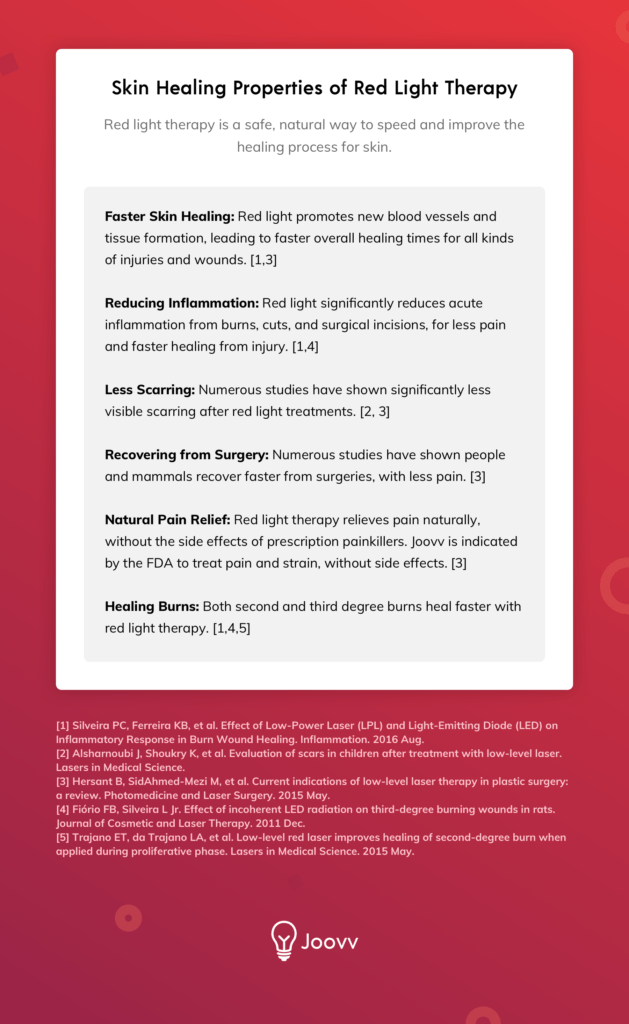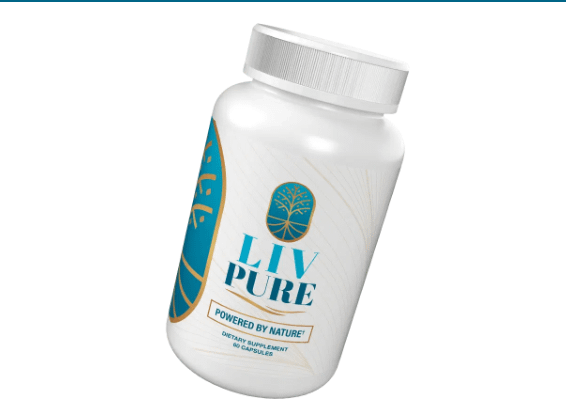How Does Red Light Therapy Break Down Scar Tissue?
Using red light therapy to break down scar tissue is a technique that’s used in the medical field. This method stimulates the production of cellular energy, reduces inflammation, and improves the healing of wounds.
Inflammation interferes with wound healing
Thousands of studies have been conducted on red light therapy (RLT) and its effects on the human body. These studies have concluded that RLT is not only safe but it is also effective in a variety of medical conditions. This includes wound healing, pain relief, and improving skin quality.
One of the most important aspects of wound healing is the production of collagen. Collagen is the most abundant protein in the body and it provides structure and elasticity. It also attracts fibroblasts, which are important in debridement.
Research has shown that red light has the ability to stimulate the production of collagen and increase cellular energy. The increased cellular energy helps in the process of wound healing by accelerating cellular regeneration.
Red light is also effective in reducing the appearance of scars. It helps to minimize the appearance of scars and prevent the formation of a new scar. It can also help to reduce the appearance of wrinkles. It also stimulates the formation of new muscle tissue.
Red light therapy has also been found to benefit diabetic ulcers. In diabetic rats, red light helped to reduce the size of ulcers and improved wound healing. It also reduced the risk of infection.
In addition, red light stimulates the release of nitric oxide, the body’s natural vasodilator. Nitric oxide is essential for the body’s ability to repair damaged blood vessels. This allows for more efficient use of oxygen and waste removal.
Research has also shown that red light therapy can improve the appearance of fine lines and wrinkles. It can also improve the skin’s texture and tone.
If you are interested in red light therapy, consult with your healthcare provider. He or she will determine the appropriateness of the therapy and whether it is safe for you. You may also want to consider using a combination of near-infrared and red light for the best results.
There are many benefits to using red light therapy for wound healing. It can help to improve the appearance of the wound, reduce scar tissue, reduce inflammation, and speed up the regeneration process. It can also reduce the amount of time spent in the hospital, reduce pain, and even reduce the number of follow-ups you need.
Stimulates cellular energy production
Whether you are looking for a way to reduce pain, heal wounds, or promote cellular energy production, red light therapy (RLT) can help. Red light therapy works by improving the performance of the electron transport chain (ETC) and mitochondria in your cells. The increase in cellular energy can help reduce pain and inflammation. It can also promote collagen and elastin production and help repair damaged tissue.
Cellular energy is needed to power the body. Cells produce this energy through a series of processes called cellular respiration. The process converts food into energy, which is then transported to different parts of the body.
Cellular energy is also used to maintain the body’s overall health. This includes preventing apoptosis, which is cell death. Red light therapy boosts the function of mitochondria, which are the powerhouses of the cell. The mitochondria are responsible for cellular differentiation, signaling, and metabolism.
Red light therapy can promote faster healing, and can help prevent wounds from recurring. It is particularly effective at helping heal scar tissue. It also supports collagen production, the formation of new capillaries, and lymphatic circulation.
Red light therapy has been studied for a number of medical conditions, including cancer. It is a drug-free alternative to other forms of medicine. It is also a powerful healing aid for open incisions, and can speed recovery from surgery.
In addition to being an effective pain relief, red light therapy promotes collagen production. Collagen is a protein that provides bounce and elasticity to the skin. The production of collagen is important for maintaining youthful skin. It also helps prevent stretch marks.
Red light therapy can also be used to prevent cold sores from recurring. This is because it increases the cellular resources available to fight pathogens. It also supports the lymphatic system and liver.
Red light therapy also breaks up scar tissue. Scars in the face and around the joints can cause severe psychological distress. The therapy is also effective in reducing wrinkles and fine lines. It is also used to help with sun damage.
Thousands of laboratory studies have been conducted to evaluate the effects of RLT. It is important to consult your medical professional before starting light therapy.
Reduces inflammation
Using red light therapy is a great way to reduce inflammation and improve overall health. Red light therapy is used to treat a variety of ailments, from arthritis to acne to eczema. The therapy works by penetrating the skin to reach injured tissues. It also stimulates the body’s natural healing process.
The main benefit of red light therapy is its ability to increase the flow of blood to damaged tissues. This increases oxygen, nutrient and enzyme delivery. It also helps regenerate and soften new tissue.
Red light therapy has also been found to increase cellular energy production. This energy helps the cells to work more efficiently. This helps tissues heal faster and reduces inflammation.
Red light therapy may also be effective in treating cold sore outbreaks caused by the herpes simplex virus. In addition, it has also been shown to reduce the appearance of scarring. The therapy is safe, non-toxic and has no major side effects.
Red light therapy has also been found effective in the treatment of chronic inflammation. Chronic inflammation can lead to numerous health problems, including weight gain, anxiety and depression.
Red light therapy has also been found helpful for athletes. Research shows that athletes who use red light therapy recover quicker and are able to perform better. Similarly, it has been shown to improve skin tone and reduce fine lines.
Red light therapy has been found to decrease inflammation in the eyes. It also helps to reduce oxidative stress. Moreover, it increases blood flow to injured tissues and stimulates the formation of new blood vessels.
A number of health professionals use red light therapy to treat a wide variety of health issues. It can be administered by a health care provider or at home using an FDA-cleared device.
There are hundreds of peer-reviewed clinical studies that have been conducted to confirm the effectiveness of red light therapy. Most of these studies have shown that red light therapy can reduce inflammation across the body. It also enhances the recovery process from surgery, sports and muscle strain. It also helps to heal wounds and accelerate recovery from sunburns.
Improves wound healing
Using red light therapy improves wound healing by triggering a biochemical reaction in mitochondria. The function of mitochondria is to generate cellular energy and use oxygen more efficiently. This is beneficial to the body in many ways, such as improving muscle recovery and the body’s ability to fight off infection.
Research has shown that using red light can reduce pain and inflammation, which are symptoms of many illnesses and disorders. This is beneficial to patients suffering from chronic pain, rheumatoid arthritis, and other conditions.
Research has also shown that using red light therapy can prevent wounds from scarring. This is helpful in the case of abrasions, cuts, or burns. It can also be beneficial to patients undergoing chemotherapy and radiation treatments. This is due to the increased production of collagen, a protein that plays a major role in wound healing.
Research has also shown that using red-light therapy can stimulate stem cell function. These cells take on the functions of damaged cells and are essential in rebuilding tissues.
In addition, red light therapy can reduce inflammation, which is a necessary step in wound healing. It can also reduce the inflammation associated with cold sores.
It also promotes wound healing by improving blood flow. The increased blood flow allows for the removal of waste and pathogens. This also speeds up the healing process, minimizing the risk of infection and scarring.
Red light therapy can also benefit people suffering from open wounds and sutured incisions. It can also reduce the amount of time patients stay in the hospital.
Red light therapy is a drug-free treatment that has been proven to improve wound healing. It also reduces inflammation and pain associated with the healing process. It is recommended to consult a physician before receiving red light therapy.
Red light therapy can also be used to heal diabetic ulcers. This treatment is considered an effective alternative to surgery. It also reduces the inflammation associated with ankle tendonitis, and can help prevent cold sores from recurring.
Research has also shown that red light therapy can reduce the risk of keloids, a tumor-like growth that forms in the skin. It can also benefit people suffering from cancer, neuropathy, and osteoarthritis.







